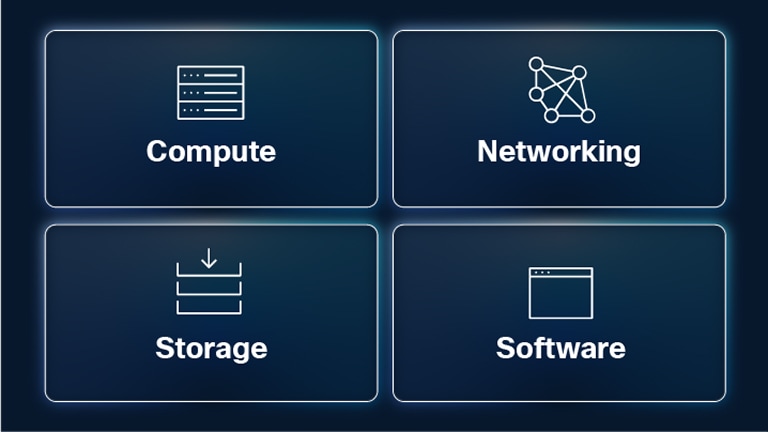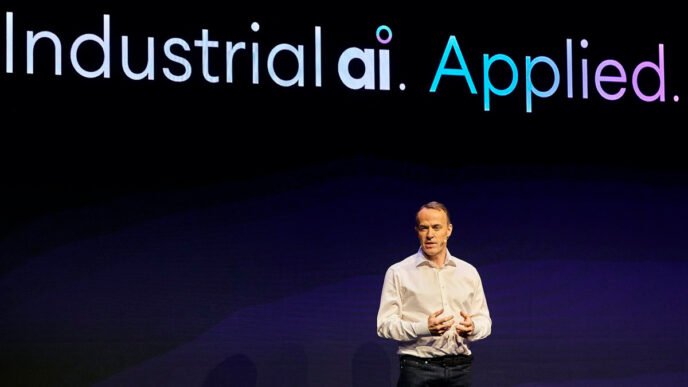A new view of edge computing is necessary because the vast majority of AI computations will be done far from the cloud – and Cisco Unified Edge will help make this possible.
The new reality for AI-powered businesses
When companies analyze how their AI applications are actually used in daily work, it turns out that the vast majority of calculations take place in local devices, at the edge of the network – what is called edge computing.

In 2027, it is estimated that on average three quarters of all corporate data created and processed in edge environments. This is a direct consequence of the rapid expansion of AI applications, where the development is moving from central, large-scale models to smaller, specialized and autonomous ones AI agents.
As edge becomes the new center of infrastructure, new technical solutions are required to fully exploit its potential – without compromising security, overview or speed of innovation.
AI projects get stuck on the road
More than half of all AI pilots globally never make it to production. Despite 60 percent of the Swedish companies in Cisco investigation AI Readiness Index state that the results of their AI investments so far have met or exceeded expectations, it also means that four out of ten companies have not yet achieved the results they hoped for.
This demonstrates the need for flexible, secure, and scalable infrastructures that can handle AI workloads locally – close to the user.
Cisco Unified Edge – the power of the data center at the edge of the network
To meet these challenges, Cisco is launching the new platform Cisco Unified Edge – a modular architecture that brings the power of the data center closer to the center of the action.

The solution, developed in collaboration with leading technology partners such as NVIDIA and Intel, as well as representatives from the manufacturing and trade industry, is based on three cornerstones:
performance, simplicity and reliability.
Designed for real needs
”We designed Cisco Unified Edge based on conversations with customers who came to us with their challenges. They weren’t asking for a product, they were asking for a breakthrough—a way to address AI safely and effectively in thousands of different places simultaneously, without requiring an army of specialists or disconnected systems,” writes Jeremy Foster, SVP & General Manager, Cisco Compute, on the company's website.
The architecture is based on a modular chassis that supports CPUs and GPU:s side by side, which allows capacity to be scaled incrementally as needed. When the systems are delivered, they are essentially ready to be connected and put into use.
Cloud-connected management and zero-trust security
Even if the computing power is available locally, the administration platform can Cisco Intersight connected via the cloud. It is fully aligned with the operating model used in the data center, ensuring that policies and regulatory compliance are not affected.
Installation, updates and maintenance can be done remotely – without compromising security. The same SASE– and firewall technology which is already used globally is integrated into the network nodes, and the platform is based on a zero trust foundation with:
- verified startup
- encrypted telemetry
- real-time monitoring
- proactive vulnerability management

Available before the end of the year
Cisco Unified Edge was exhibited for the first time during Cisco Partner Summit in San Diego on November 3. The architecture can already be pre-order and is expected to be delivered to customers before the end of the year.
With Cisco Unified Edge companies are taking a step closer to the AI-powered infrastructure of the future. By combining the power of the data center with the speed and flexibility required at the edge of the network, opening up new opportunities for innovation, performance and security – regardless of industry.
















